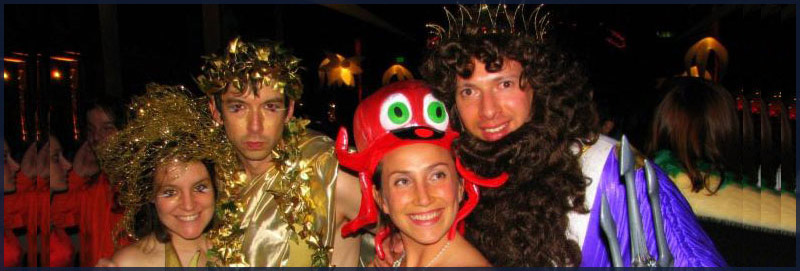We
are each of us creatures of complex patterning. We take cues from
our environment, map them to stored memories and (rightly or wrongly)
make projections as to the meaning and value of what we are seeing,
hearing and doing at any given moment. A storyteller who would
step into that collective cross-current of an audience's interpretive
transactions must face off againts a multitude of challenges.
You know you are there to provide direction and to orchestrate
the chaos, so what you do in those first few moments is critical.
We like to think that the key lies in what we say.. say the right
things, show the right slides and order will be restored. There
is however, more to it than that. We are tightly programmed not
only to hear the words, but to read physical and emotional signals
as well. The words are only one track among several. Your words
alone cannot tell us what you are feeling or your more subtle
intents. And as feeling is so central to the optimum use of our
intelligence, we cannot help but fully seize the input offered
by all non-verbal channels. On this score, "openness"
then is the operative word. You cannot control the experience,
so much as you can be open to it as it happens. A storyteller
who is willing to "share" his or her inner life with
the audience, while at the same time opening to and reflecting
the chaotic patterning of the audience, is taking the difficult
but necessary step towards engaging with that audience at a much
more fundamental level.

